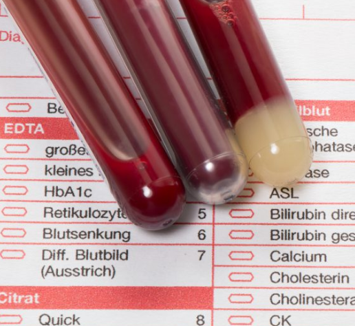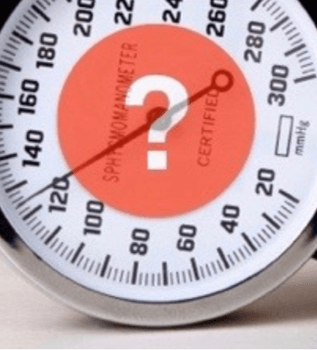Exercise stress tests are widely used to check for strain on the heart caused by blocked arteries.
The earliest developed type of stress test involves running on a treadmill while connected to an ECG, (heart tracing). Exercise places a high demand on the heart because it has to pump harder and faster. When the fuel pipes (arteries) to the heart are open and clear, the heart can do this extra work without a problem.
But when an artery is severely narrowed or blocked, the heart muscle can’t get the fuel it needs and the strain shows up as an altered set of waves on the ECG tracing.
Another reason a stress test might be ordered is to objectively determine how much exercise a person can do. The amount of exercise on a standardized treadmill protocol can add valuable information that helps to determine the seriousness of a wide range of heart conditions-including heart valve problems.
As stress test technology developed, additional ways of looking at the heart were added to the ECG, including imaging of the heart immediately after exercise with ultrasound (stress echo) or with a small amount of a radioactive dye (nuclear stress test).
Stress tests with either of these pictures are significantly more accurate than those that rely on the ECG alone, although they are also much more expensive.
Is a stress test dangerous?
The risk of having a heart attack or other serious problem during a stress test is very small. However, stress tests can lead to other problems by triggering a spiral of additional, unnecessary tests.
Unfortunately, about 1 or 2 of every 10 abnormal stress tests are a false alarm—an abnormal result when the heart is really fine. These misleading results are a problem because they often lead to more invasive testing with an angiogram (heart catheterization).
When is a stress test most appropriate?
Stress tests can help determine if symptoms of discomfort, shortness of breath, fatigue, or heartbeat irregularities are related to heart strain from a blocked artery.
Another good use for a stress test is to check the heart in sedentary people with many risk factors for heart disease who are about to begin an exercise program.
Routine stress testing for people without symptoms or multiple risk factors is generally not recommended but special circumstances might make it necessary. Abnormal tests in people without symptoms or risk factors are more likely to be a false alarm that can lead to unnecessary invasive testing.
Interested in living a healthier lifestyle?
Learn the essentials of eating and living healthfully in our interactive, user-friendly learning program for the public.
Clinicians: Do you feel confident responding to patient questions about nutrition?
Take our award-winning condensed interactive nutrition CME—and learn what every clinician should know about nutrition.



